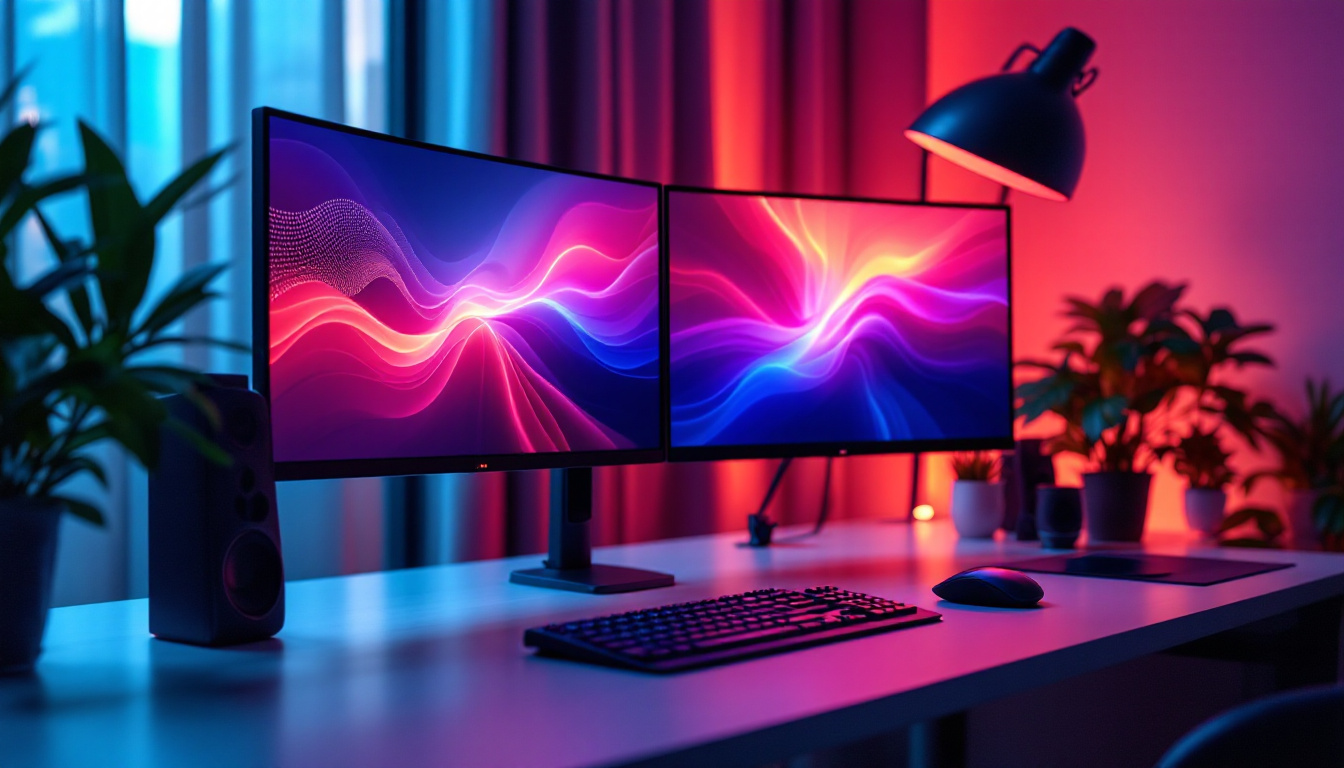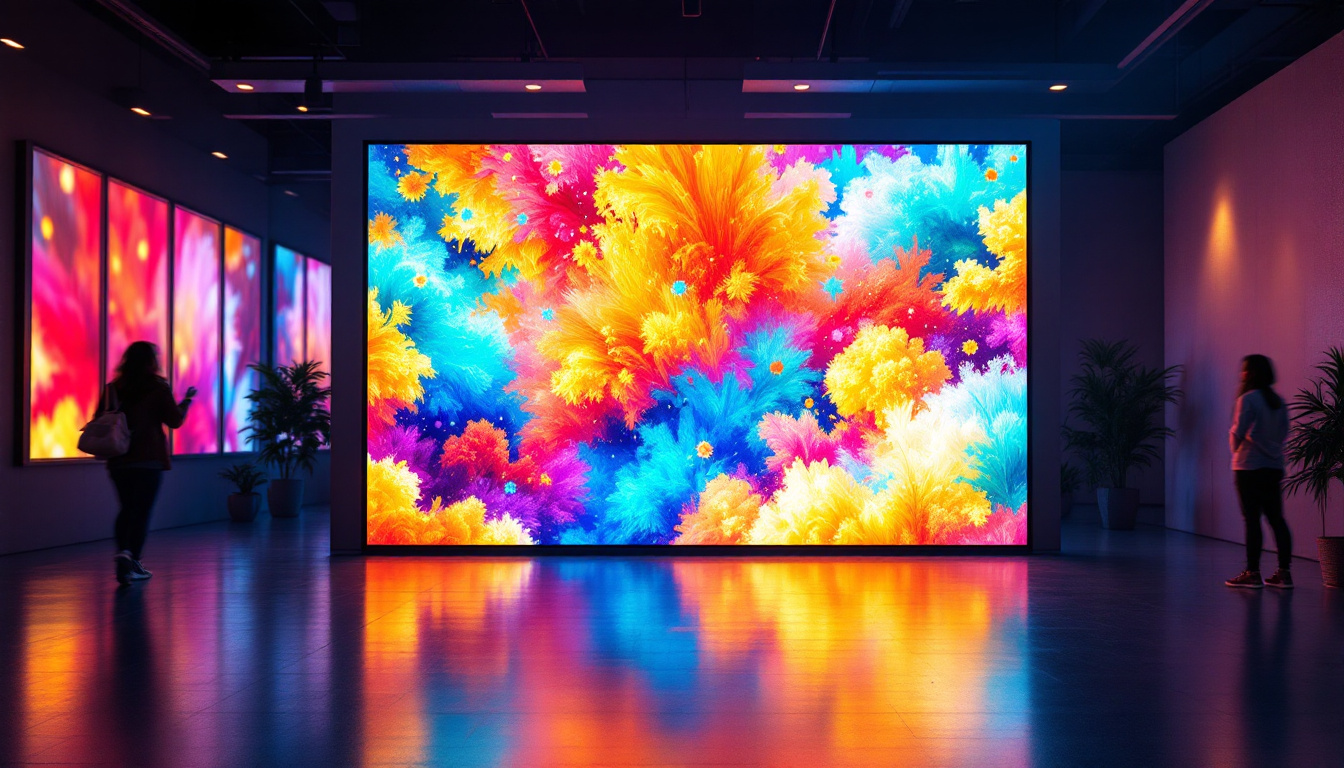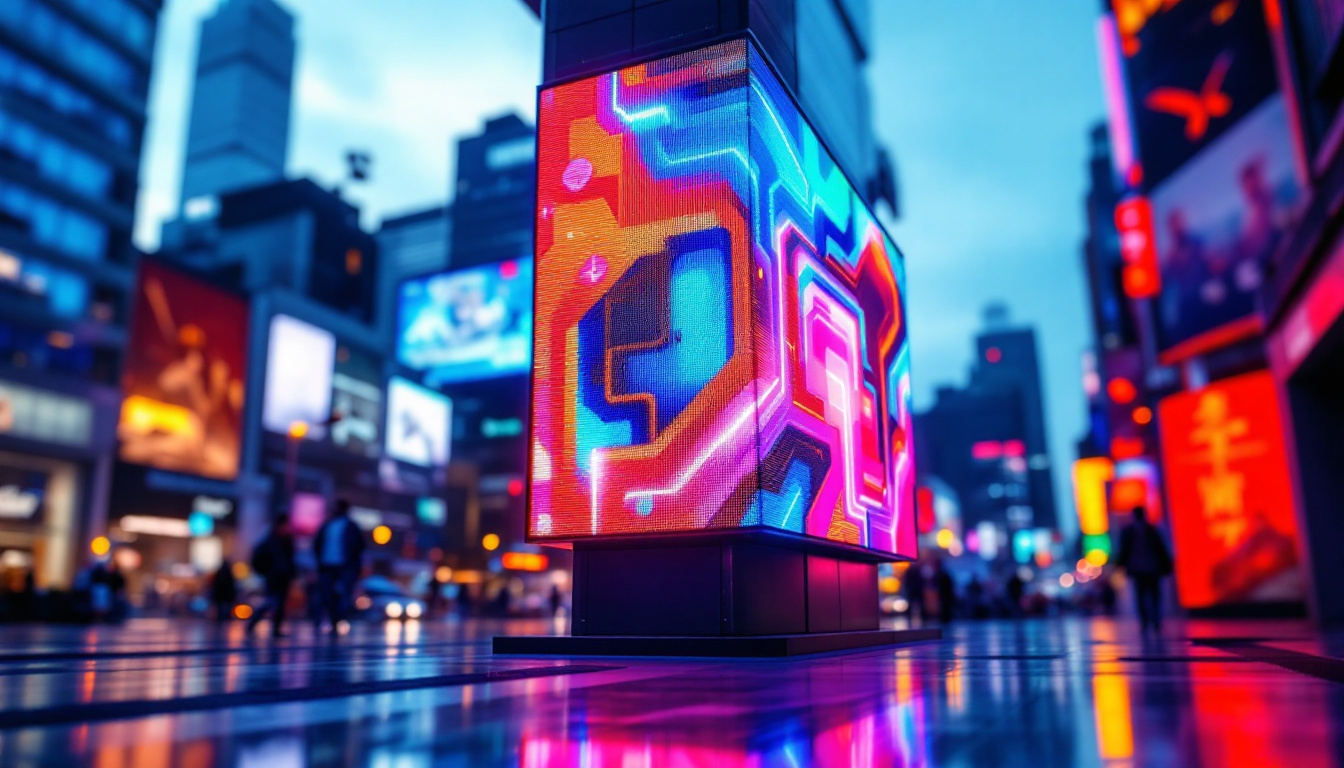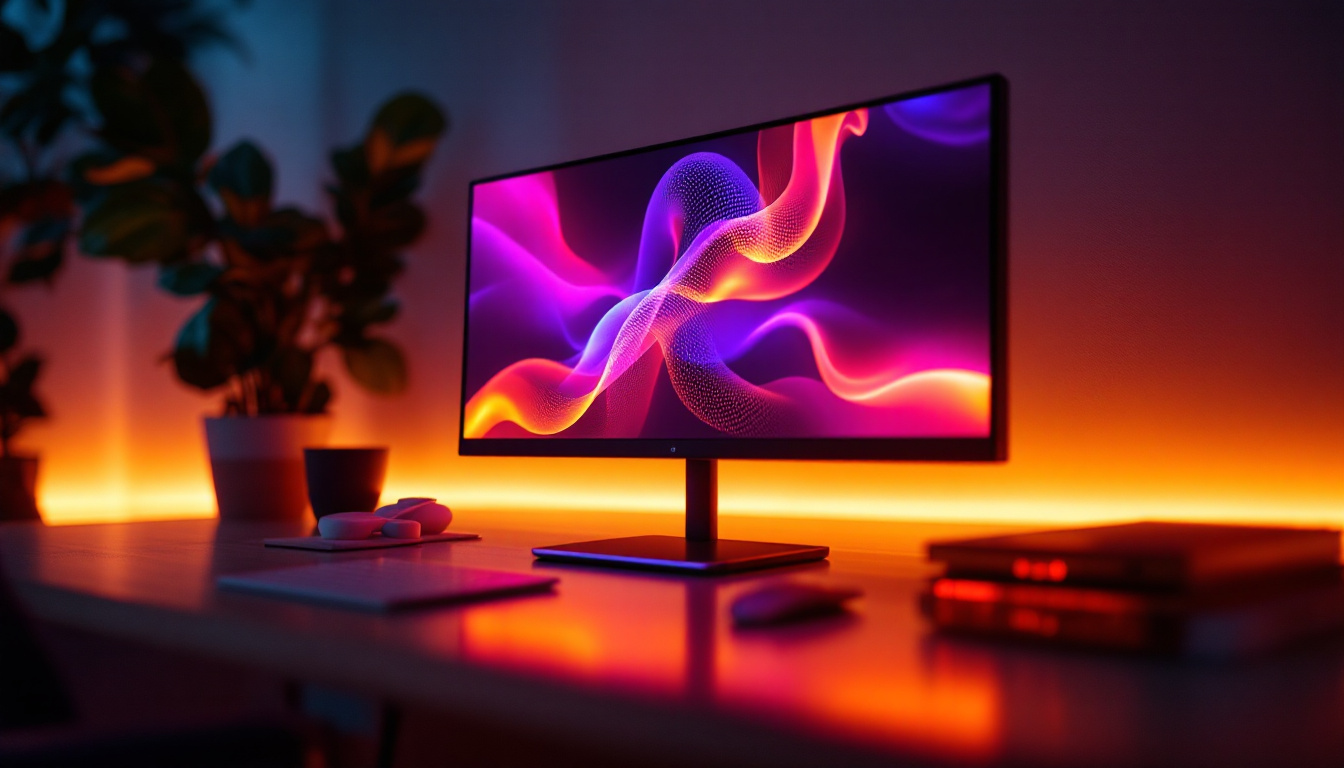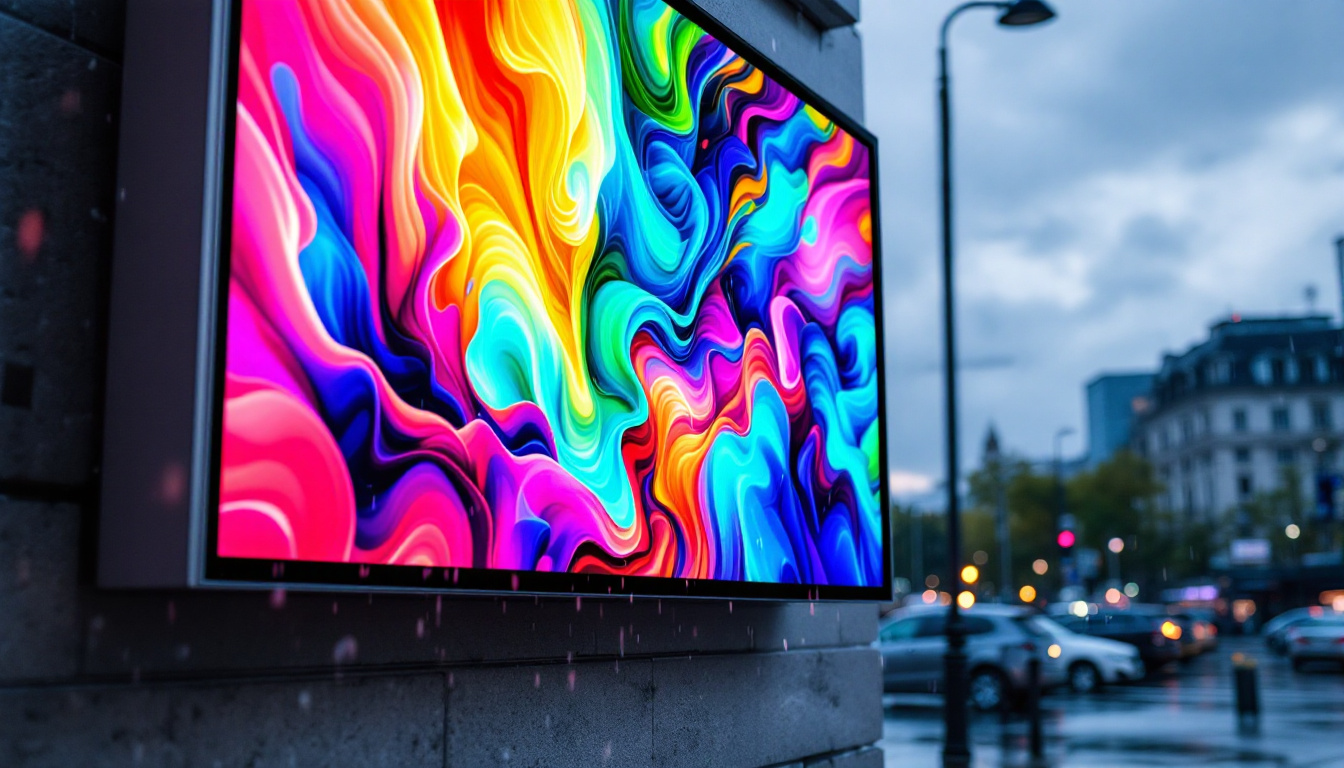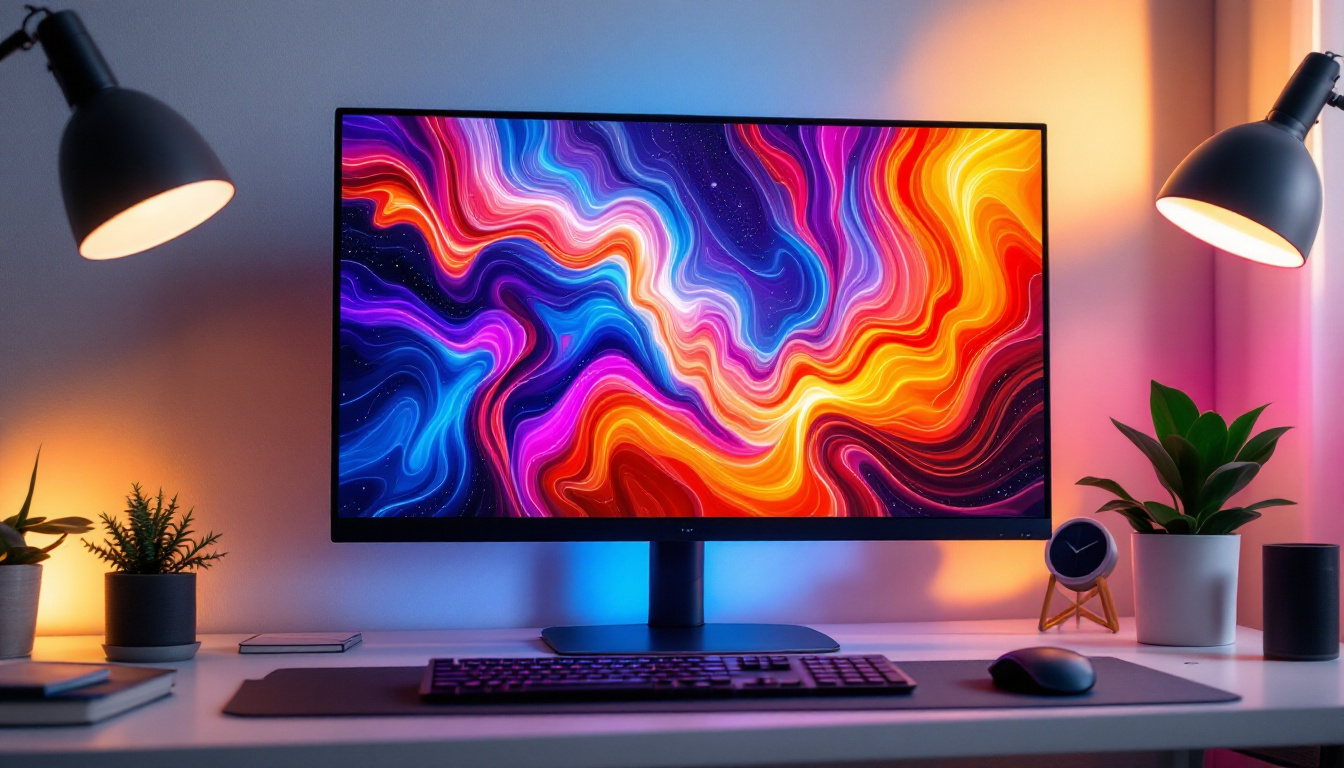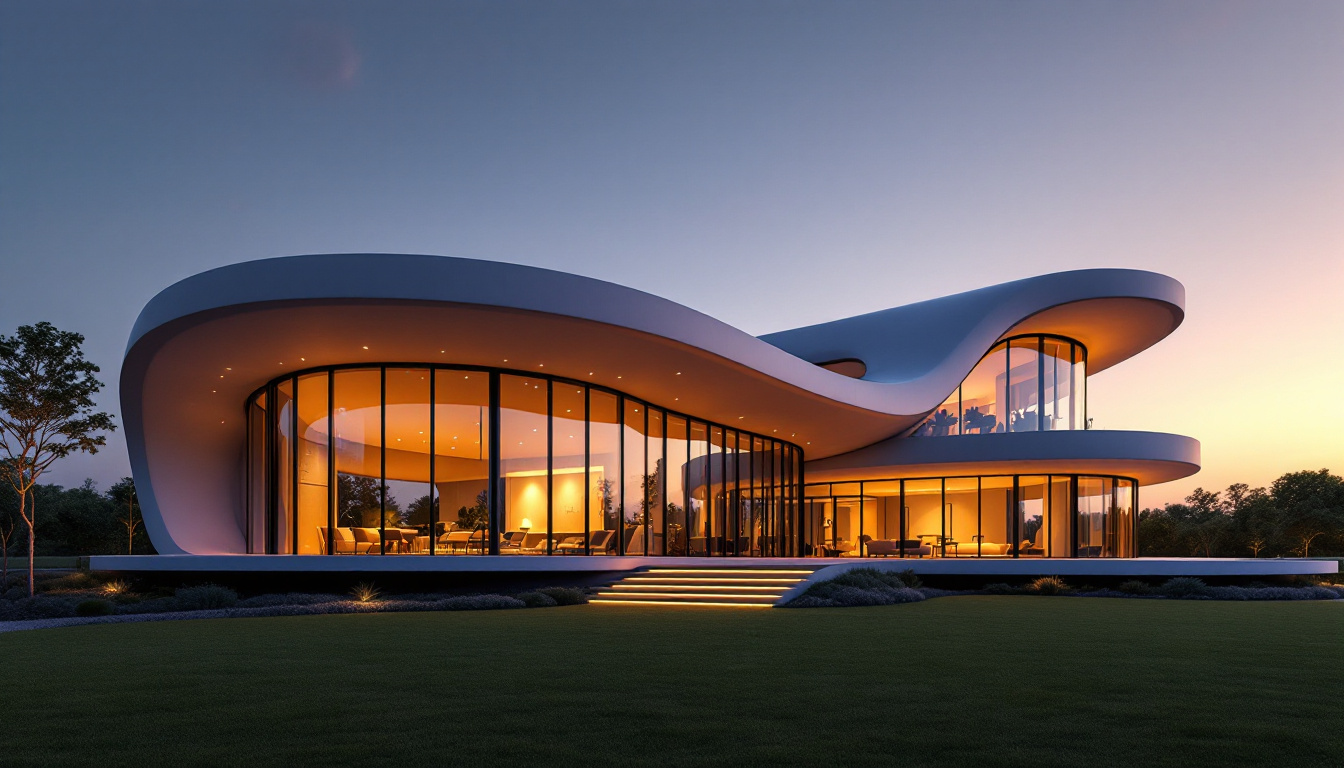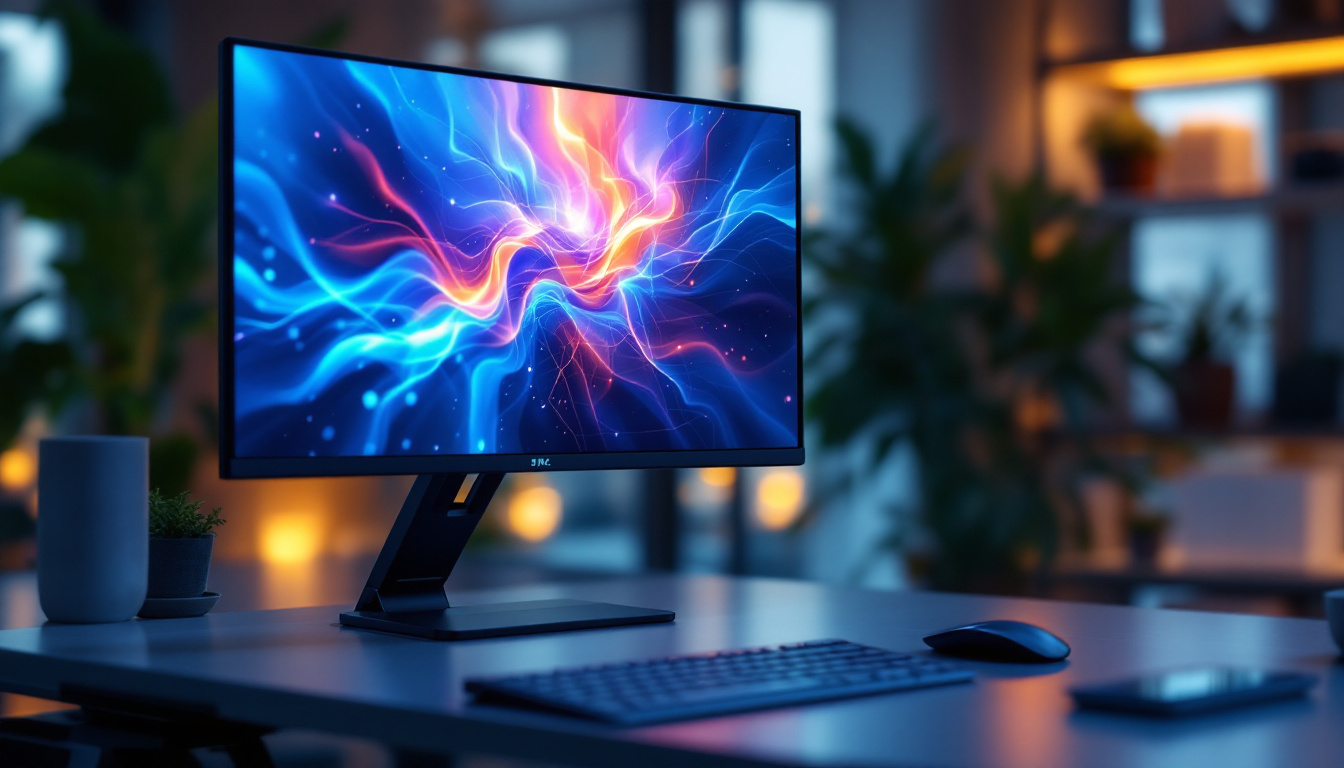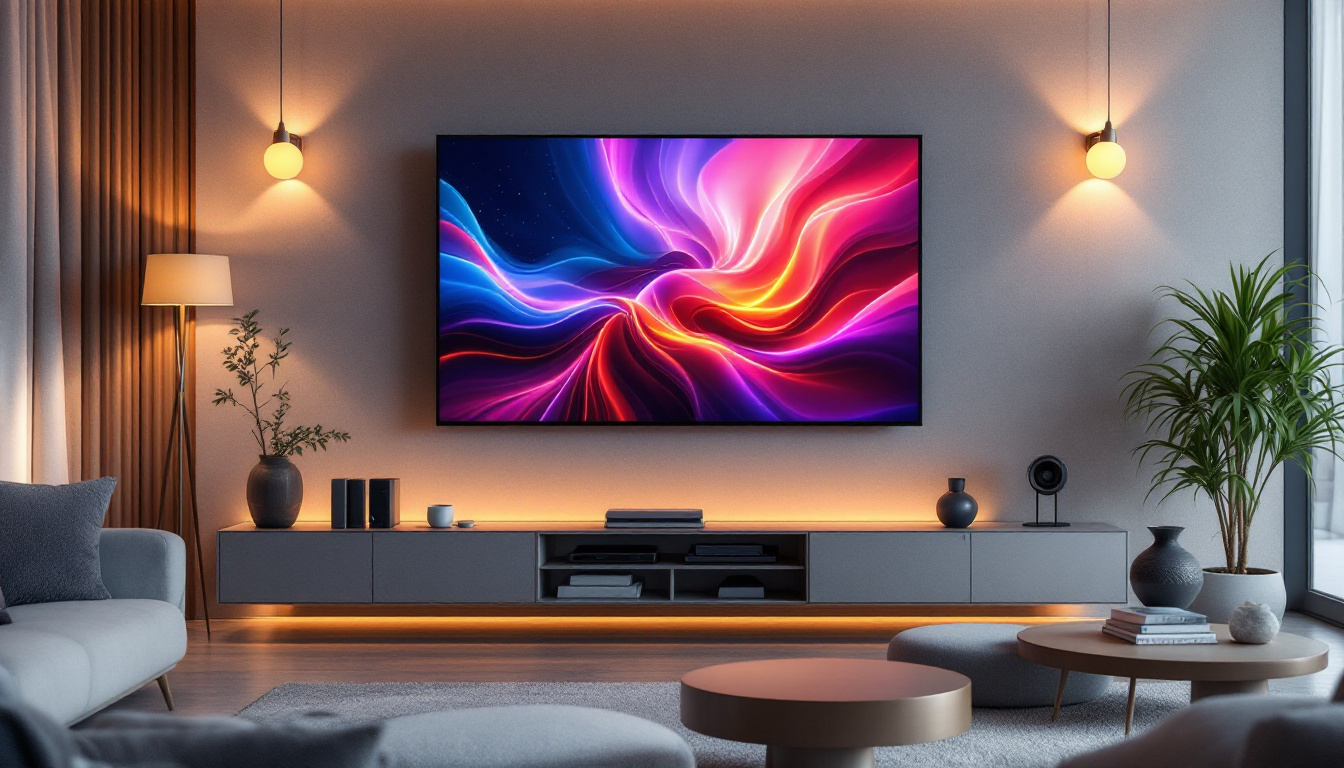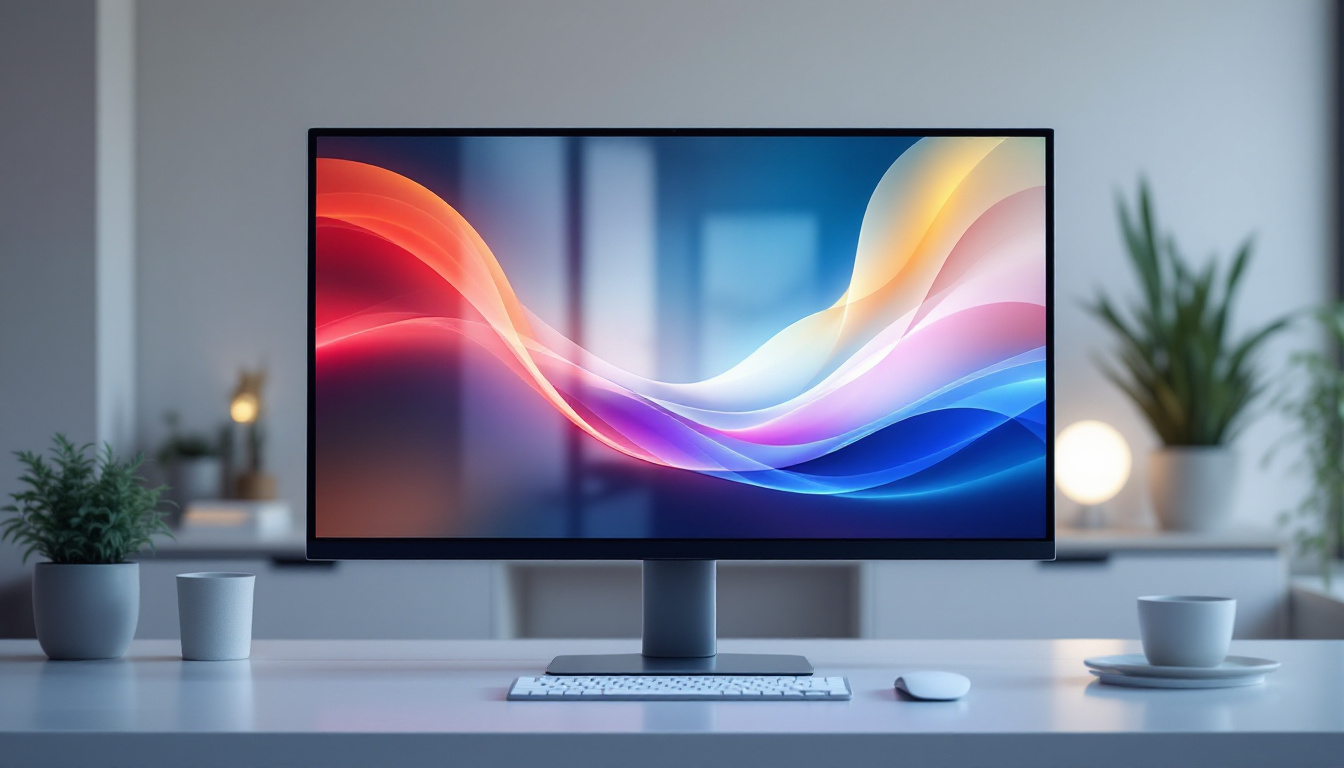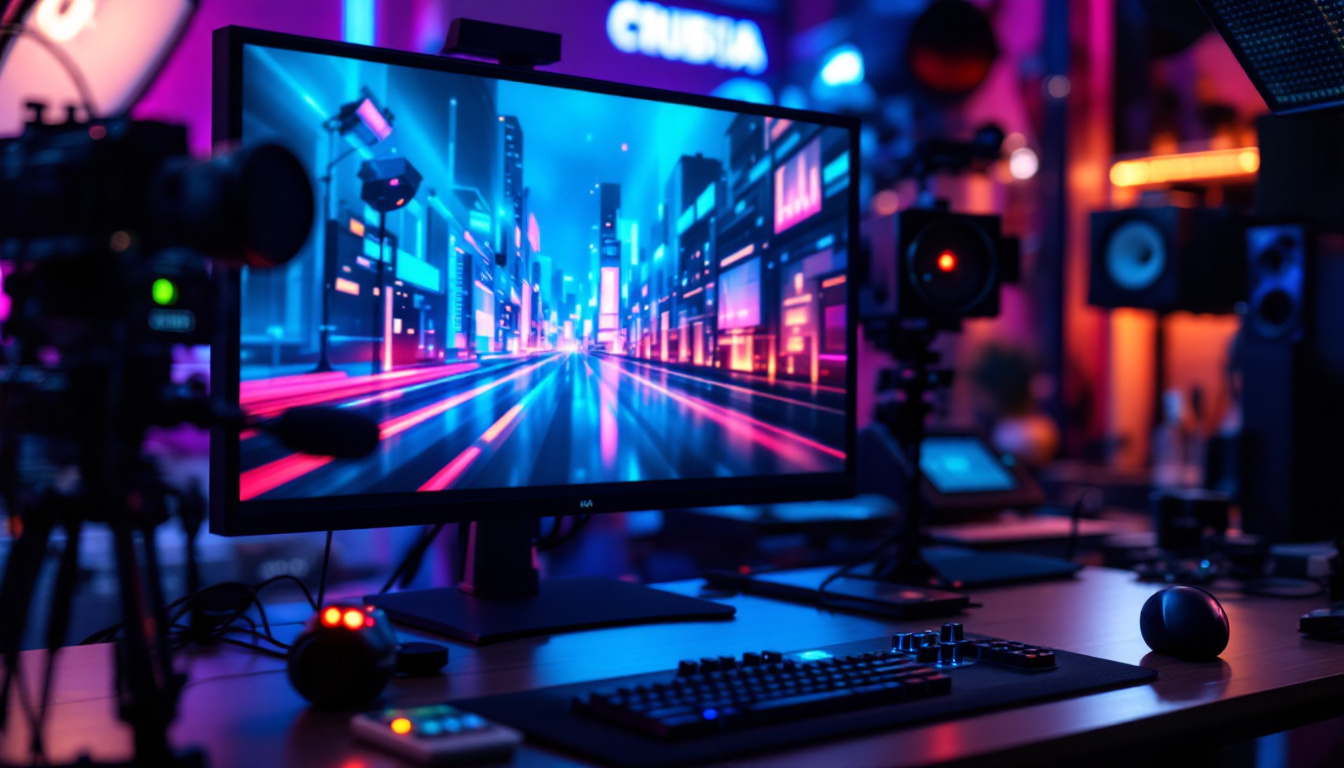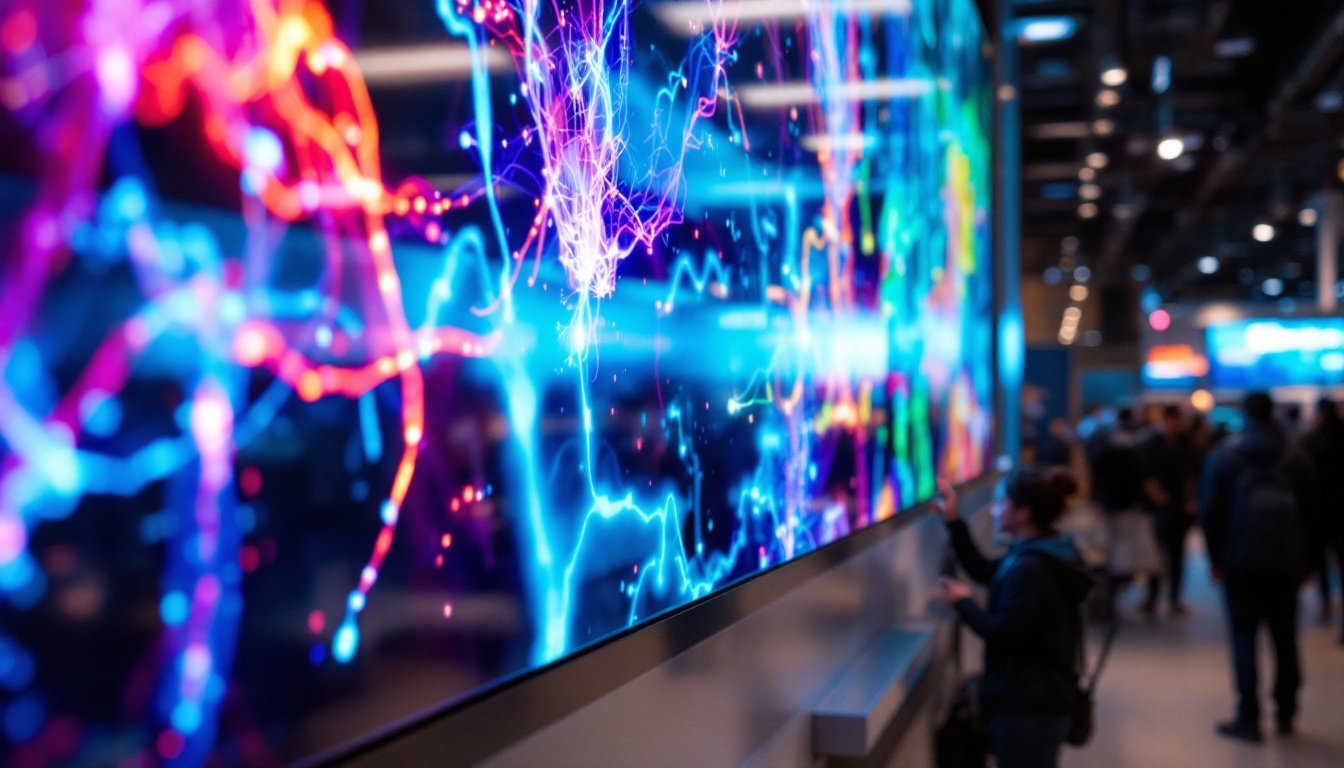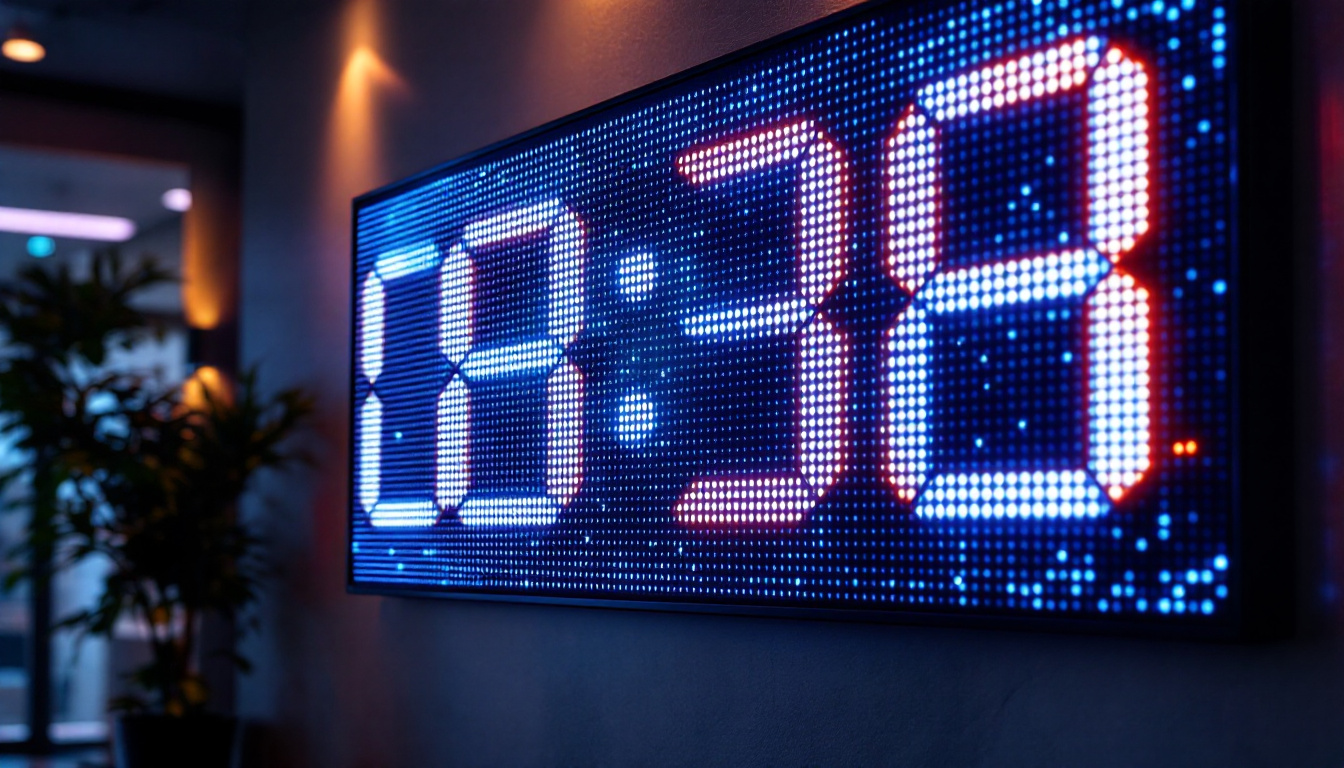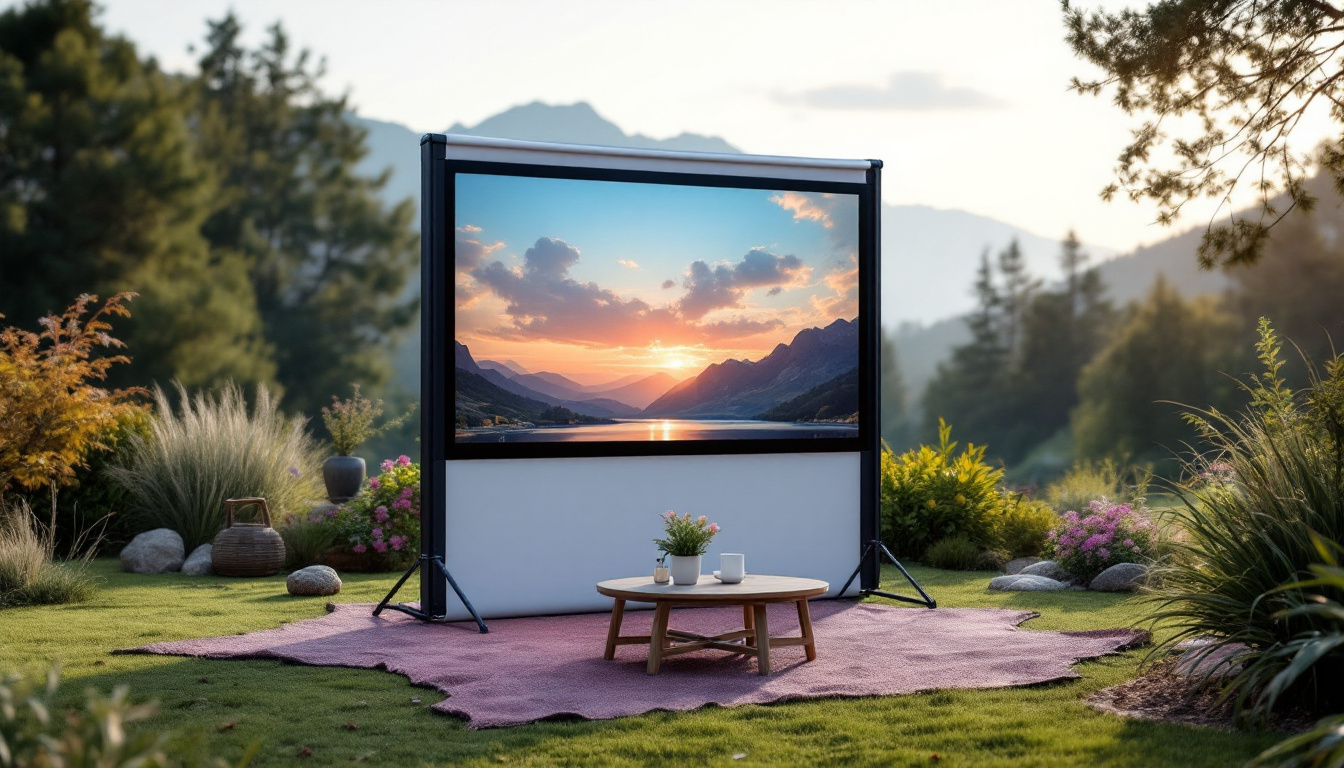In today’s fast-paced digital world, the way we interact with technology has evolved significantly. One of the most effective ways to enhance productivity and streamline workflow is through the use of dual monitor setups. A dual monitor rack not only provides the necessary support for two screens but also optimizes the workspace, making it an essential tool for professionals. This article delves into the intricacies of dual monitor racks, particularly focusing on LED displays, their benefits, and how they can transform your working environment.
Understanding Dual Monitor Racks
A dual monitor rack is a specialized mounting solution designed to hold two monitors securely. These racks can be adjustable, allowing users to position their screens at the ideal height and angle for comfort and visibility. The design of these racks varies widely, from simple stands to more complex, fully articulated arms that offer a range of motion. The versatility of these racks makes them suitable for various environments, including home offices, corporate settings, and even gaming stations, where optimal screen placement can enhance the overall experience.
Types of Dual Monitor Racks
When considering a dual monitor rack, it’s essential to understand the different types available. The most common types include:
- Desk Mounts: These are attached directly to the desk surface and can often be adjusted for height and angle.
- Wall Mounts: Ideal for saving desk space, wall mounts can be fixed to a wall, providing a clean and modern look.
- Freestanding Racks: These are standalone units that do not require any attachment to the desk or wall, offering flexibility in placement.
Each type has its unique advantages, and the choice often depends on the workspace layout and personal preferences. For instance, desk mounts are popular for their adjustability, while wall mounts are favored in minimalist setups. Additionally, some racks come with integrated cable management systems, helping to keep cords organized and out of sight, which can further enhance the aesthetic appeal of the workspace.
Benefits of Using Dual Monitor Racks
The advantages of using dual monitor racks extend beyond mere aesthetics. Here are some key benefits:
- Increased Productivity: Studies have shown that having multiple monitors can significantly boost productivity, allowing users to multitask more efficiently.
- Ergonomic Benefits: Properly positioned monitors can reduce neck and eye strain, contributing to a healthier work environment.
- Space Optimization: Dual monitor racks help maximize desk space, keeping the workspace organized and clutter-free.
By investing in a dual monitor rack, users can create a more effective and comfortable workspace, tailored to their specific needs. Furthermore, the ability to customize the monitor setup can lead to improved workflow, as users can arrange their screens to suit their specific tasks, whether that be coding, graphic design, or data analysis. The flexibility offered by these racks not only enhances productivity but also encourages a more dynamic approach to work, allowing for quick adjustments as projects evolve.
LED Displays: The Modern Choice
LED displays have become the preferred choice for many users due to their superior image quality and energy efficiency. Unlike traditional LCDs, LED displays utilize light-emitting diodes to produce brighter images with better contrast ratios. This technology not only enhances the viewing experience but also contributes to the longevity of the display, making it a smart investment for both personal and professional use.
Advantages of LED Displays
LED displays offer several advantages over their counterparts:
- Brightness: LED screens are significantly brighter, making them suitable for various lighting conditions.
- Color Accuracy: The color reproduction on LED displays is often more vibrant and accurate, enhancing the visual experience.
- Energy Efficiency: LED technology consumes less power, which can lead to lower electricity bills over time.
These features make LED displays an attractive option for anyone looking to enhance their visual workspace. Furthermore, the rapid response time of LED displays minimizes motion blur, which is particularly beneficial for fast-paced gaming or action-packed video content. The durability of LED technology also means that these displays are less prone to screen burn-in, a common issue with older display technologies, ensuring that users can enjoy their screens without worrying about image retention over time.
Considerations When Choosing LED Displays
While LED displays have numerous benefits, there are several factors to consider when selecting the right monitors for a dual setup:
- Screen Size: The size of the monitors should complement the workspace and the user’s needs. Larger screens can provide more screen real estate but may also require more desk space.
- Resolution: Higher resolutions offer better clarity, especially for tasks that require detailed visuals, such as graphic design or video editing.
- Refresh Rate: A higher refresh rate can improve the experience for gamers and those working with fast-moving visuals.
By carefully considering these factors, users can select LED displays that enhance their dual monitor setup. Additionally, it’s important to think about the connectivity options available on the displays, such as HDMI, DisplayPort, and USB-C, as these can affect compatibility with existing devices. Users should also consider the ergonomics of their setup; adjustable stands and VESA mount compatibility can greatly improve comfort during extended use. Ultimately, the right choice will depend on the specific needs and preferences of the user, ensuring a setup that is both functional and visually appealing.
Setting Up a Dual Monitor Rack
Setting up a dual monitor rack may seem daunting, but with the right approach, it can be a straightforward process. Here are some steps to ensure a successful installation:
Preparation
Before beginning the installation, gather all necessary tools and components. Most dual monitor racks come with detailed instructions, so it’s essential to read through them carefully. Additionally, ensure that the workspace is clear and that the monitors are compatible with the rack. Consider the dimensions of your monitors and the weight specifications of the rack to avoid any mishaps during installation. It’s also wise to check if your desk can support the additional weight of the monitors and the rack itself, as this can affect stability and safety.
Installation Steps
1. Attach the Mounting Bracket: Depending on the type of rack, this may involve clamping it to the desk or securing it to the wall. Ensure that the mounting bracket is level, as an uneven setup can lead to discomfort and strain during use.
2. Attach the Monitors: Carefully mount each monitor onto the rack, ensuring they are securely fastened. Most racks will have a mechanism to lock the monitors in place. It’s advisable to have a second pair of hands during this step, as aligning the monitors can be tricky and having assistance can prevent accidental drops.
3. Adjust the Position: Once the monitors are mounted, adjust their height and angle for optimal viewing. This step is crucial for ergonomic reasons. Ideally, the top of the monitor screen should be at or slightly below eye level, and the monitors should be about an arm’s length away to reduce eye strain.
4. Connect Cables: Finally, connect the necessary power and data cables, ensuring they are neatly organized to avoid clutter. Utilizing cable management solutions, such as clips or sleeves, can help maintain a tidy workspace and prevent tangling or damage to the cables.
In addition to these steps, consider the overall layout of your workspace. A dual monitor setup can greatly enhance productivity, but it’s important to arrange your desk in a way that minimizes distractions. Positioning the monitors at a slight angle can create a more immersive experience, allowing for easier multitasking between screens. Furthermore, incorporating accessories like a keyboard tray or an adjustable chair can enhance comfort during long hours of work, promoting better posture and reducing fatigue.
Following these steps will help create a functional and aesthetically pleasing dual monitor setup. With the right configuration, you can transform your workspace into a hub of efficiency, making it easier to tackle tasks and manage projects with ease.
Maximizing Productivity with Dual Monitors
To fully leverage the benefits of a dual monitor setup, it’s essential to adopt effective strategies that enhance productivity. Here are some tips to consider:
Organizing Your Workspace
Maintaining an organized workspace is crucial for productivity. Use the dual monitors to separate tasks; for instance, keep email and communication tools open on one screen while working on documents or projects on the other. This separation can reduce distractions and help maintain focus.
Utilizing Software Tools
Take advantage of software tools designed for dual monitor setups. Many operating systems allow users to customize their workspace, such as snapping windows to different screens or using virtual desktops. These features can streamline workflow and enhance efficiency.
Regular Breaks and Ergonomics
Even with an optimized setup, it’s essential to prioritize health. Regular breaks can prevent fatigue and strain. Additionally, ensure that the monitors are positioned at eye level and that the chair provides adequate support. Ergonomics should always be a priority in any workspace.
Common Issues and Troubleshooting
While dual monitor racks and LED displays can significantly enhance productivity, users may encounter some common issues. Here are a few troubleshooting tips:
Display Issues
If one of the monitors is not displaying correctly, check the connections. Ensure that all cables are securely connected and that the monitors are powered on. Additionally, verify that the display settings on the computer are configured to recognize both monitors.
Ergonomic Adjustments
If discomfort arises, revisit the monitor positioning. The top of the screen should be at or slightly below eye level, and users should be able to view the screens without straining their necks. Adjust the height and tilt of the monitors as necessary.
Software Compatibility
In some cases, software may not support dual monitor setups effectively. Ensure that the latest drivers are installed for the graphics card and that the operating system is updated. Compatibility can often be resolved with a simple update.
Conclusion
A dual monitor rack paired with LED displays can significantly enhance productivity, making it a worthwhile investment for professionals across various fields. By understanding the benefits, choosing the right equipment, and setting up the workspace effectively, users can create an environment that fosters efficiency and comfort.
As technology continues to evolve, the importance of optimizing workspace setups will only grow. Embracing dual monitor systems is a step toward adapting to these changes, ultimately leading to improved performance and satisfaction in the workplace.
Discover the Future of Visual Displays with LumenMatrix
Ready to elevate your workspace and experience unparalleled productivity? LumenMatrix is at the forefront of LED display innovation, offering a wide array of solutions tailored to meet your visual communication needs. From captivating Indoor LED Wall Displays to dynamic Outdoor LED Wall Displays, and even specialized options like Vehicle LED Displays and Custom LED Displays, our technology is designed to transform your environment and engage your audience. Don’t just take our word for it; check out LumenMatrix LED Display Solutions today and see the difference for yourself!

